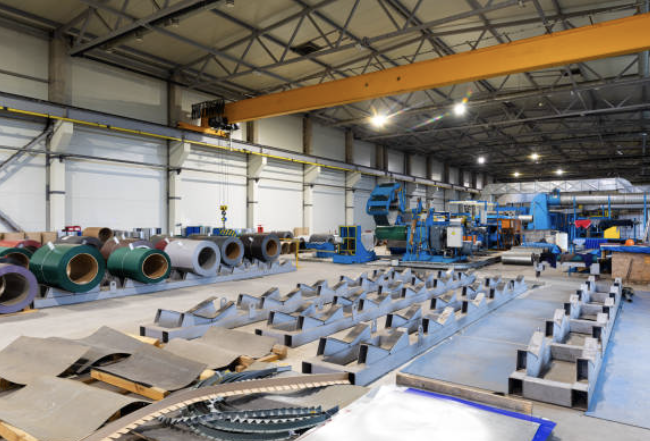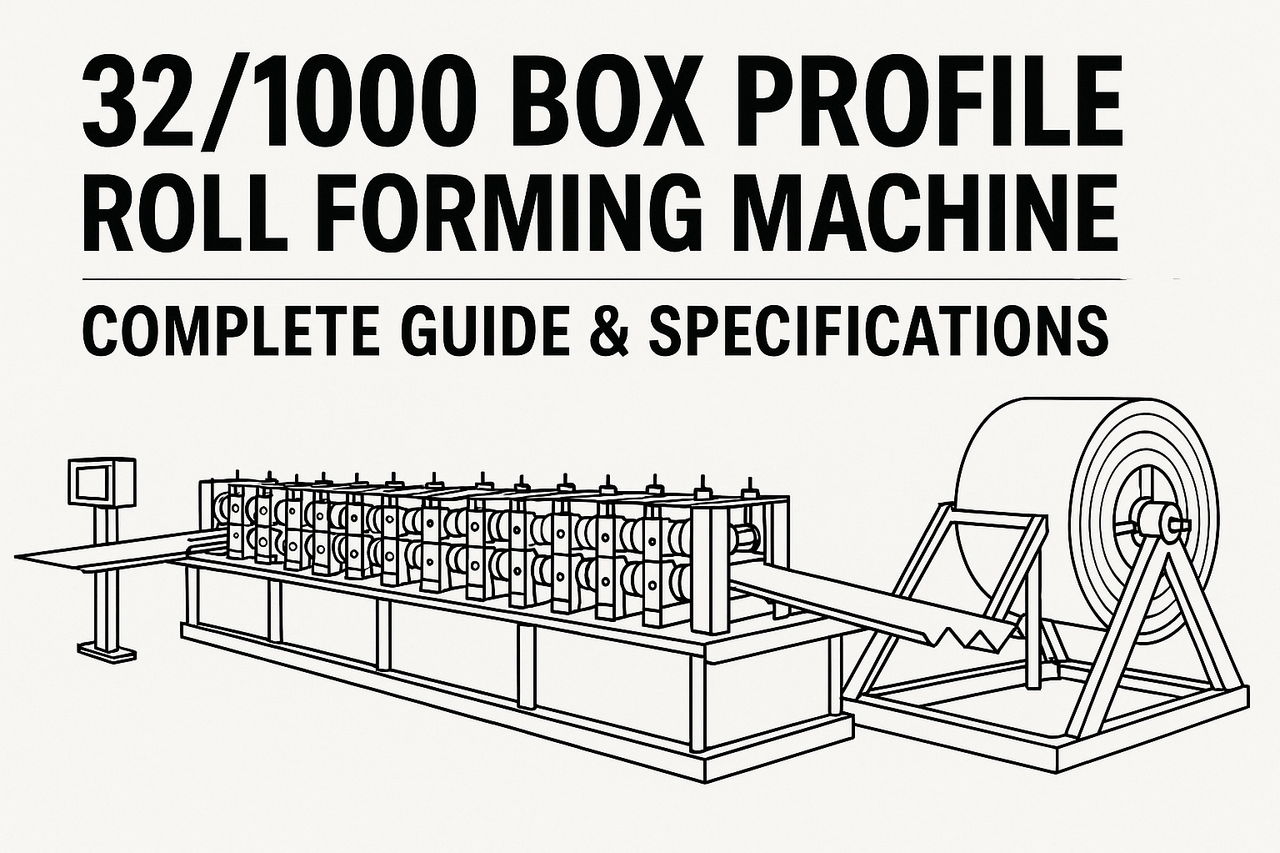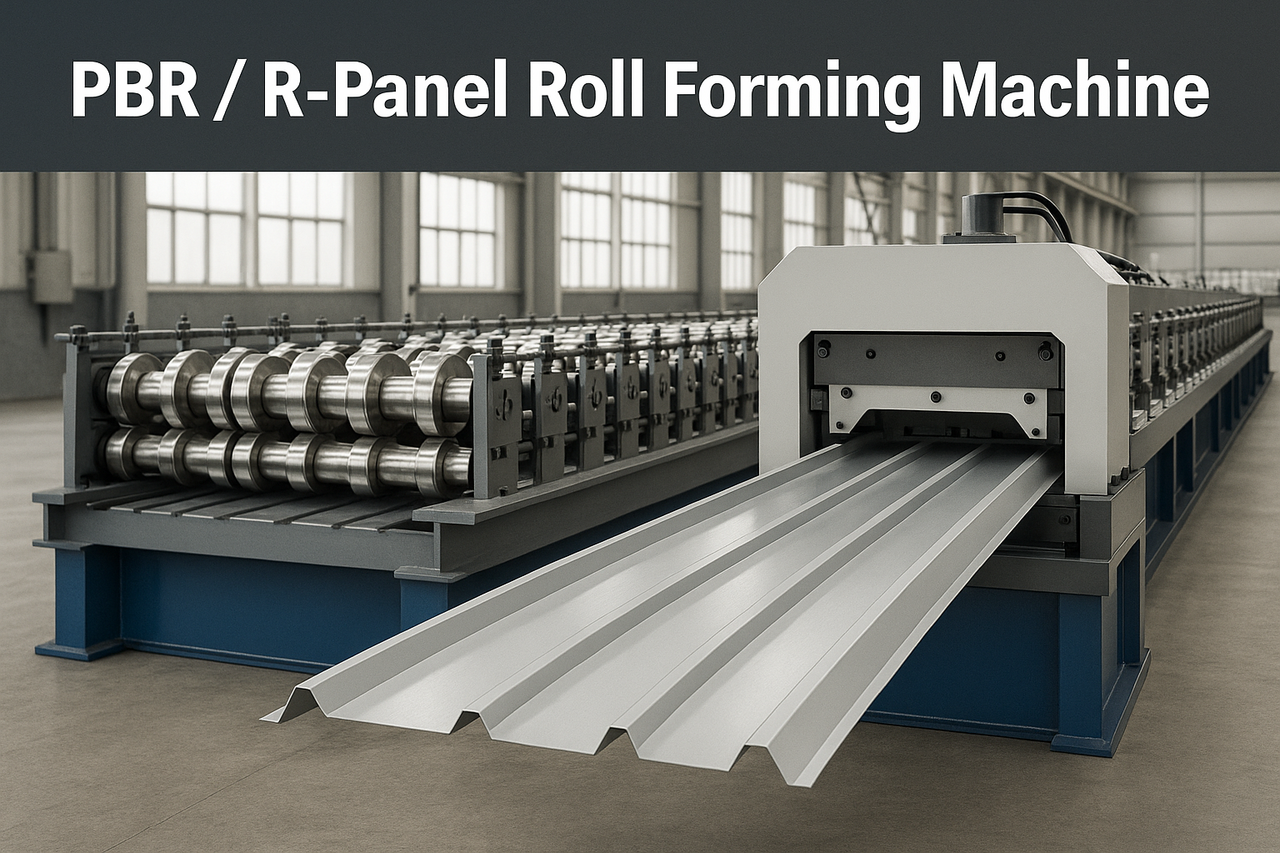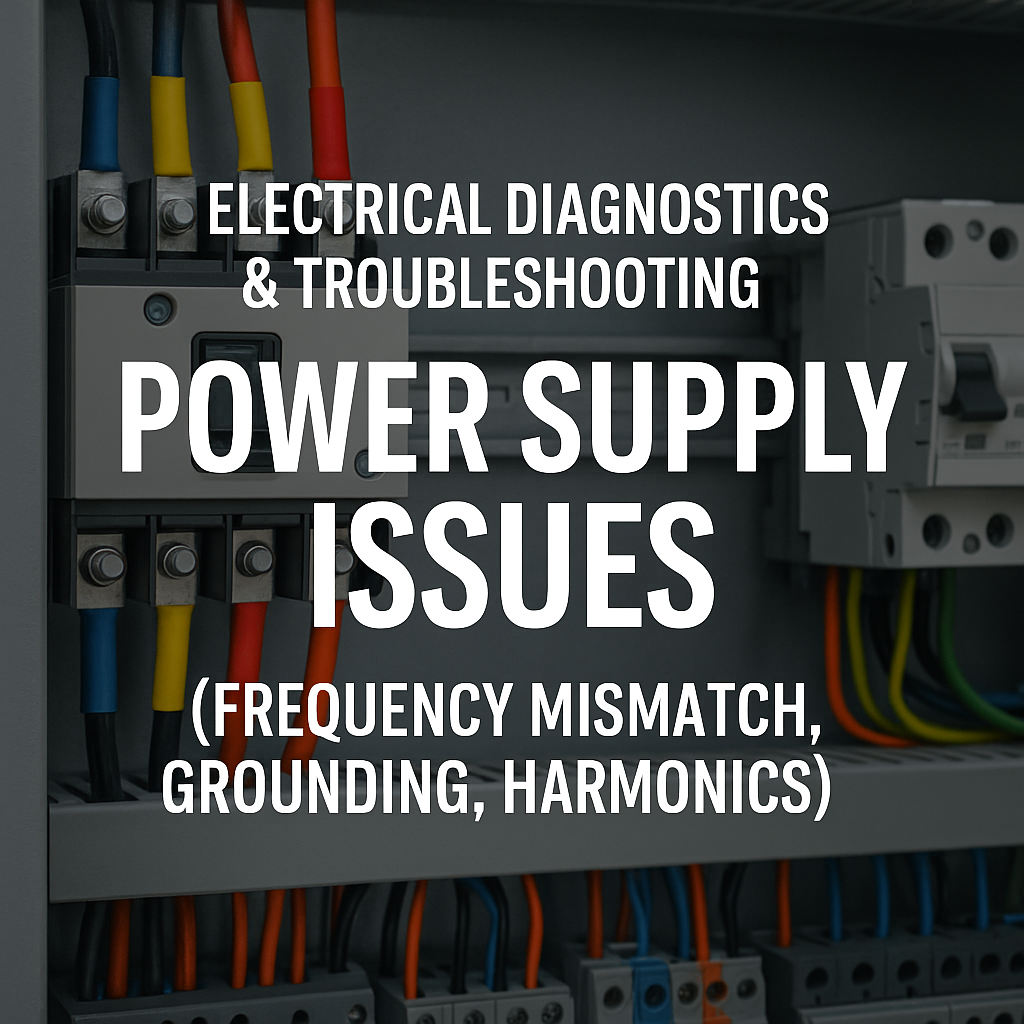Handling coil and metal components in roll forming operations is crucial to maintaining material integrity, ensuring safety, and achieving production efficiency.
1. Proper Equipment for Handling
Invest in specialized equipment designed for handling coils and metal components:
- Coil Cars and Tippers: These tools help load and unload coils safely and efficiently, reducing manual handling risks.
- Uncoilers and Decoilers: Use motorized uncoilers with braking systems to control the unwinding of coils, preventing overrun and material damage.
- Cranes and Forklifts with Coil Lifters: Ensure the lifting equipment is equipped with appropriate attachments to prevent damage to the coil’s edges.
2. Optimize Coil Storage
Proper storage prevents damage and deformation:
- Store Coils Horizontally: Place coils on wooden or rubberized supports to prevent scratches and ensure stability.
- Temperature and Humidity Control: Maintain a clean, dry environment to avoid rust or oxidation.
- Segregate Material Grades: Avoid cross-contamination by storing different metals and finishes separately.
3. Implement Safe Material Movement
Ensure safe and efficient transportation within the facility:
- Use Material Handling Systems: Conveyor belts, magnetic lifters, or vacuum lifters can reduce manual handling.
- Follow Load Limits: Always adhere to the weight capacity of your equipment to avoid accidents.
- Train Staff: Provide training on proper handling techniques and equipment operation.
4. Coil Preparation Before Processing
Preparing the coil for production reduces downtime and ensures quality:
- Inspect Coils for Damage: Check for dents, rust, or deformities that could affect the roll forming process.
- Edge Alignment: Ensure the coil edges are aligned for smooth feeding into the roll forming machine.
- Tension Control: Use tension control systems to avoid slack or excessive tension during processing.
5. Maintain Roll Forming Machine Components
Proper handling extends to the equipment that interacts with the coils:
- Clean Rollers Regularly: Remove debris and residue to prevent scratches on the metal surface.
- Check Alignment: Misaligned rollers can cause uneven profiles and waste material.
- Lubrication: Keep moving parts well-lubricated to reduce wear and tear.
6. Protect Metal Surface Quality
Maintaining the finish of metal components is essential for end-product quality:
- Use Protective Films: Apply or retain protective films during handling and processing to prevent scratches.
- Avoid Contact with Sharp Edges: Ensure that tools and equipment have smooth edges.
- Minimize Manual Handling: The less the material is touched, the lower the risk of contamination or damage.
7. Emphasize Safety Measures
Safety protocols protect both workers and materials:
- Personal Protective Equipment (PPE): Ensure workers wear gloves, safety glasses, and steel-toed boots.
- Mark Danger Zones: Clearly mark areas around coil handling equipment to prevent accidents.
- Emergency Stop Systems: Equip handling systems with easily accessible emergency stops.
8. Regular Maintenance and Audits
Regular checks help avoid unexpected breakdowns and ensure longevity:
- Inspect Equipment: Regularly audit handling equipment for wear and replace worn parts promptly.
- Monitor Coil Lifespan: Track the age and usage of stored coils to use them before degradation occurs.
- Calibrate Systems: Ensure uncoilers, tensioners, and feeding mechanisms are calibrated for accurate performance.
Conclusion
Proper handling of coils and metal components is an integral part of the roll forming process. By investing in the right equipment, implementing effective storage solutions, and maintaining stringent safety and quality protocols, manufacturers can ensure efficient operations and high-quality products. Adopting these best practices minimizes material damage, enhances worker safety, and maximizes profitability.



